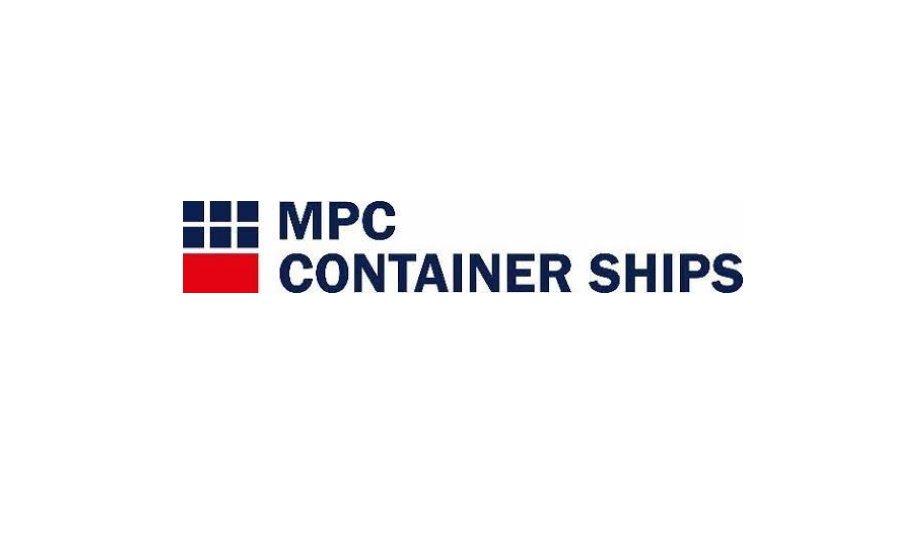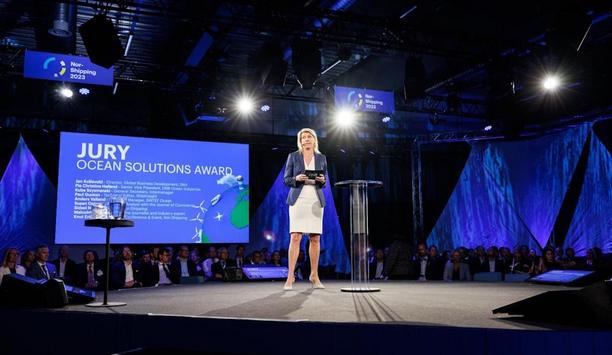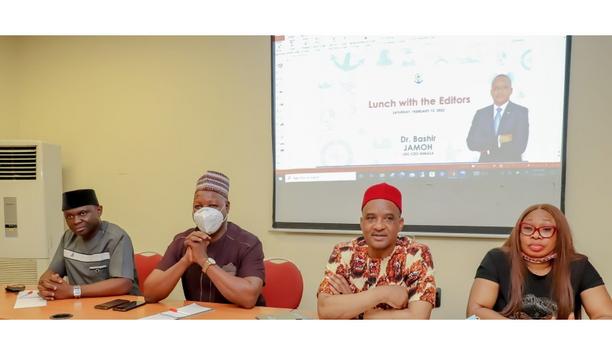MPC Container Ships ASA and Mærsk Mc-Kinney Møller Center for Zero Carbon Shipping have signed a project support agreement, which makes MPC Container Ships ASA an official supporter to the centre.
Market analysis capabilities
MPC Container Ships ASA will contribute to the Mærsk Mc-Kinney Møller Center for Zero Carbon Shipping’s work with market analysis capabilities, building industry insight and strategic industry and policy recommendations, which are focused on the decarbonisation of the maritime sector.
MPC Container Ships ASA is committed to provide support to the Mærsk Mc-Kinney Møller Center for Zero Carbon Shipping
MPC Container Ships ASA and its partner companies from the MPC Group are committed to provide further support to the Mærsk Mc-Kinney Møller Center for Zero Carbon Shipping, hereby using its broad network and expertise in commercial and technical management, renewable energy, as well as synthetic fuels, in order to foster the necessary transition of the maritime industry.
MPC Container Ships ASA joins Mærsk Mc-Kinney Møller Center
By joining the Mærsk Mc-Kinney Møller Center for Zero Carbon Shipping, MPC Container Ships ASA underlines its commitment and support to its mission and vision. The group will provide concrete support by seconding an employee to the facility in Copenhagen.
Constantin Baack, the Chief Executive Officer (CEO) of MPC Container Ships ASA, said “We are convinced that the transition of the maritime industry requires a broad cooperation amongst all market participants, from suppliers to legislators, providers of infrastructure to financiers, cargo owners to operators and owners.”
Moving towards decarbonisation of the maritime sector
Constantin Baack adds, “The immense complexity cannot be dealt with by single market participants alone. Big hurdles like split incentives and missing standardisation need to be overcome. We are excited to support the centre and to gain access to research and information that can help us to stay on top of the latest developments on the various decarbonization pathways.”












